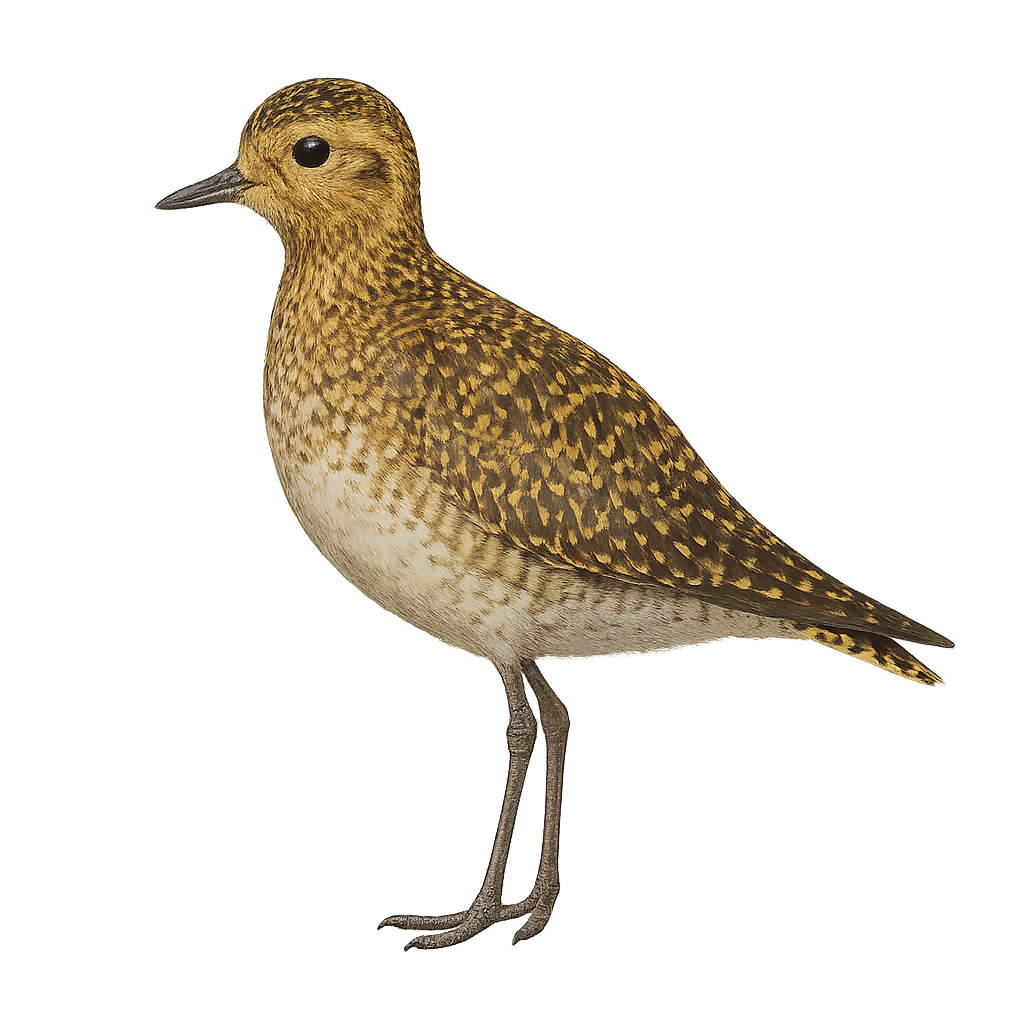Observe and photograph a species in its natural habitat
Learn where and when to observe a species in the wild, how to recognize it in the field, and what habitats it lives in. Get photography tips adapted to its behavior and capture stunning images without disturbing the animal. For full details, open the complete profile in the WildlifePhotographer app.
Golden Plove
Scientific name: Pluvialis apricaria

IUCN Status: Least Concern
Family: CHARADRIIDAE
Group: Birds
Shyness: Suspicious
Safe distance: 30 m
Breeding season / Courtship: 01.05-31.05
Gestation: 26 à 28 jours
Births: 27.06-28.07
Habitat:
Wetlands and meadows
Description:
The Golden Plover is a migratory bird primarily found in tundra areas, open grasslands, and coastal regions in Europe and Asia, as well as in North America's coastal areas during winter. It measures about 25 to 30 cm in length, with a wingspan of 60 to 70 cm, and weighs between 150 and 250 g. Its plumage is primarily golden and black, with characteristic patterns on the chest and abdomen, and lighter coloring on the underside. During the breeding season, the male displays particularly bright plumage adorned with golden spots. The Golden Plover primarily feeds on small invertebrates, insects, and marine worms, which it finds by probing the ground or walking slowly in search of food. While its population remains stable, it can be threatened by habitat loss and human disturbances, particularly during the breeding period.
Recommended lens:
>=300 mm
Photography tips:
Approach discreetly, as the Golden Plover can easily fly away if you approach too quickly. Use a telephoto lens to maintain a respectful distance.
Photograph during the early morning hours or late in the day, when the light is softer and the bird is more active foraging for food.
Be patient and wait for it to feed or interact with its environment to capture natural moments.
Respect its space: Do not attempt to disturb its natural behavior, especially during the breeding season.
The Golden Plover is a threatened species, notably due to habitat loss and human disturbances. It is crucial not to disturb the bird and to respect local regulations, particularly during the breeding season, to avoid disturbing this vulnerable species.
Ready to take action?
Choose your platform and start your free trial today



